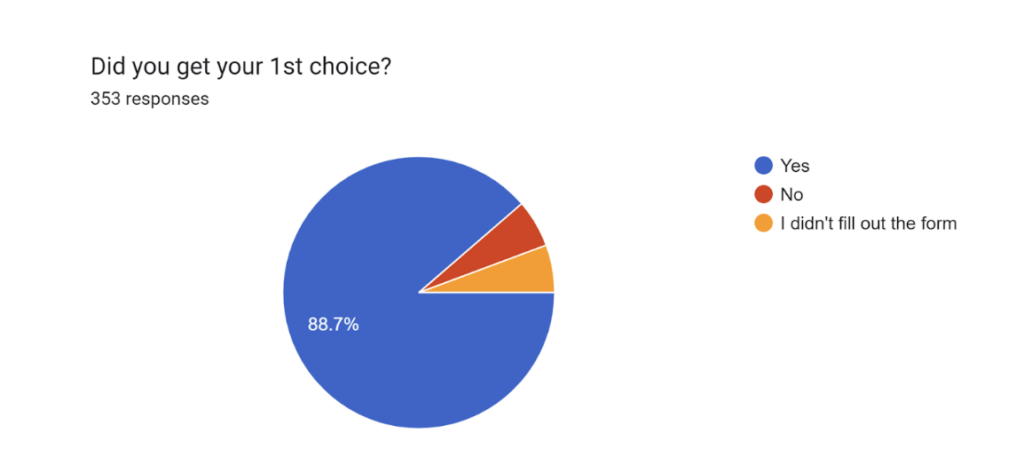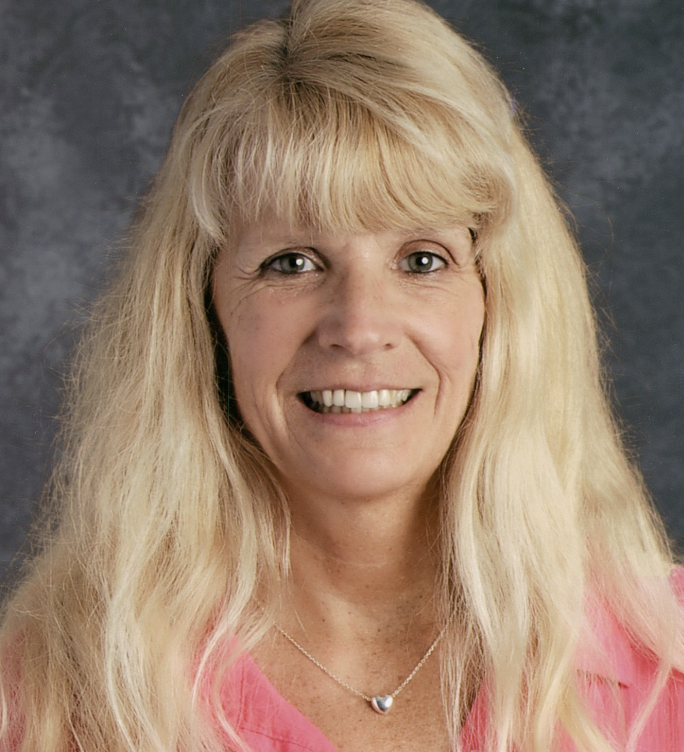Choice as a Motivator in Physical Education
What Are We Doing Today in Physical Education?
“What are we doing today?” is the most frequently asked question by my middle school students while entering the gym to get ready for class. After my response, students will usually either react with a resounding “YES!” or a low groaning moan. The question that typically follows is “For how many days?” The response to this question will elicit the same reaction as to the original question–they will either be filled with excitement or pure dread. Very few are indifferent.
Students Sign Up for Choices
The challenge of planning for all teachers is to create learning activities that will engage and motivate students to actively participate in the learning process. My colleagues, Michelle Vieira, Anthony Raccio, Michael Rahn, and I decided to try using choice of activity as a way to motivate students to have greater participation and engagement in their learning experience in physical education class. We created a three day unit consisting of a choice of three different learning activities, Tri Ball, Gymnastics, and Fitness. Each student was asked to complete a Google Form to choose their first and second choice of activity. The students that didn’t complete the form were placed in the activity that had the least amount of participants.
Students' Reflections
At the completion of the choice activity unit, students completed another Google Form to provide feedback on their experience. Students were asked if they got their first choice, did their participation increase, decrease or stay the same, was their cooperation with the teacher and peers appropriate, would they like to participate in a choice unit again, and what activities they would like to include in another choice unit.



We learned through the survey that 89% of students received their first choice. Of the 11% that did not, half got their second choice and the other half had not filled out the form. 42% of the students felt that they participated more than they usually did. About half of the students consistently exhibit high levels of participation in traditional P.E. classes. This resulted in 54% of the students identifying their participation levels stayed the “same”. This combined to 96% of the students exhibiting high levels of participation and engagement. Additionally, 92% of the students cited they would like to participate in another choice unit. This survey data supported our observations of the unit. Cumulatively, we felt that 95% of the students actively participated without having to be encouraged by their teacher and 95% of the students were on task following class and activity rules.
Next Steps and Takeaways
With such a positive increase in student participation, we are planning another choice unit offering the top 3 activities students identified in the feedback survey. Offering a choice of activity allowed the students to feel autonomy over their learning, which correlated into greater participation and positive behavior.
We have discussed a variety of different ways to implement choice units in the future such as offering choice of implement for a specific activity, offering different activities to practice the same specific skill, and offering different activities with the same implement to practice the skill.
The use of choice when planning learning activities can greatly increase the motivation and engagement of students in the learning process. Students had an increased sense of empowerment and control over their learning enticing them to participate more. Our experience aligns with Bob Marzano’s findings that “Choice in the classroom has been linked to increases in student effort, task performance, and subsequent learning.”
We’re excited to continue to find ways of offering students choices in physical education!
Author
-

Pam Gunneson is currently a health and physical education teacher at Dodd Middle School and the high school Boys head cross country and indoor track & field coach in Cheshire, CT. During her 33-year career as an educator she has served in many roles in elementary, middle and high schools including health educator, science teacher, and physical education teacher. She has participated in curriculum development, served on committees, presented at conferences, and certified teachers in First Aid, CPR, and AED. Pam still competes as a track & field masters athlete and she enjoys traveling with her family.
You may also like

The Perfect Breakfast for Teachers
- February 11, 2025
- by Mike Anderson
- in Blog

Finding Time for a One-on-One Problem-Solving Conference


